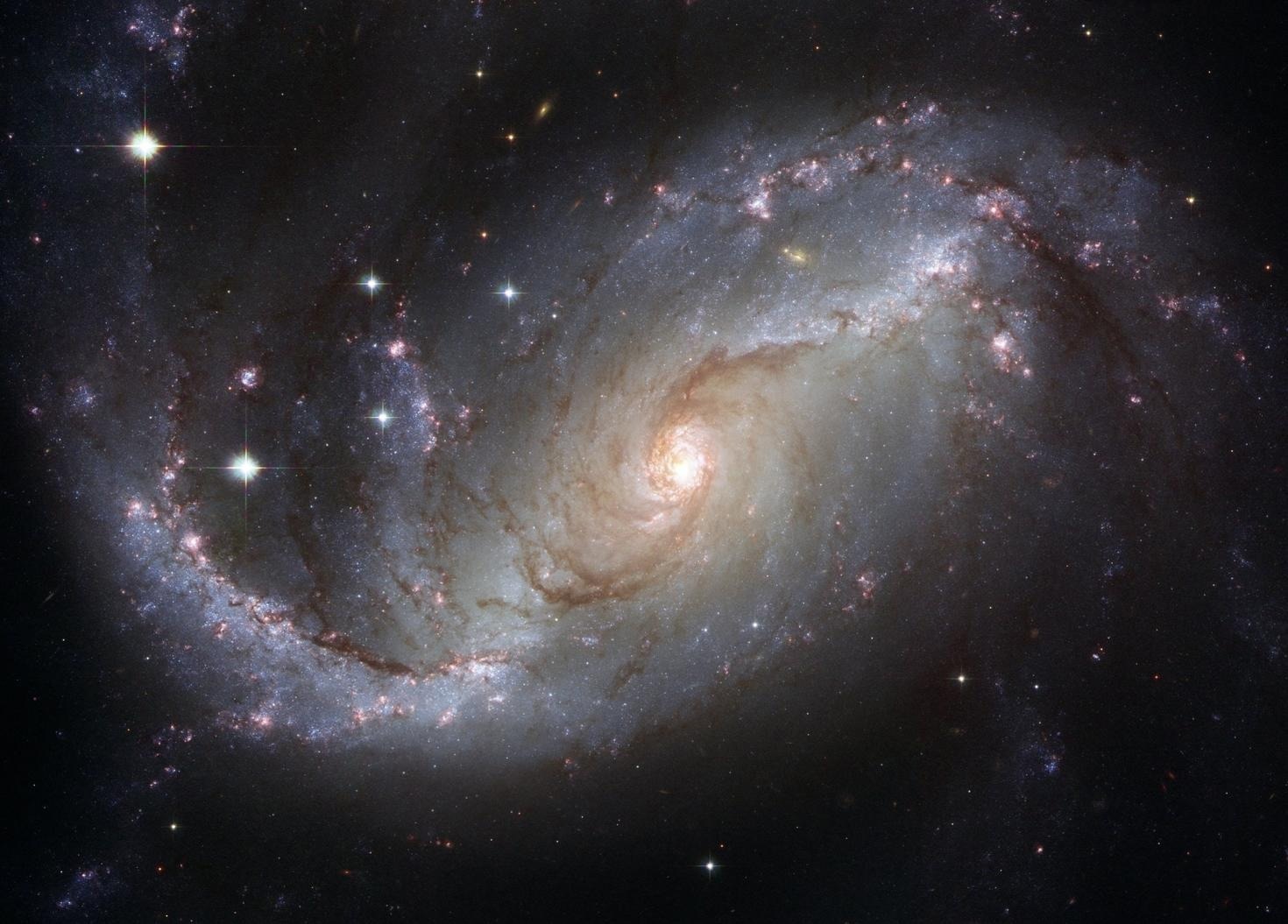A new study that contradicts the prevalent cosmological model and gives new light on the alleged “impossible early galaxy problem” suggests that the universe could be twice as old as current estimates.

Image Credit: University of Ottawa
Our newly-devised model stretches the galaxy formation time by a several billion years, making the universe 26.7 billion years old, and not 13.7 as previously estimated.
Rajendra Gupta, Adjunct Professor, Physics, Faculty of Science, University of Ottawa
Since the Big Bang, astronomers and physicists have been calculating the age of the universe by counting the number of years since that event and analyzing the oldest stars by looking at the redshift of light from far-off galaxies.
Thus, using the Lambda-CDM concordance model, the age of our universe was estimated in 2021 to be 13.797 billion years, thanks to new methodologies and technological advancements.
However, the existence of stars like the Methuselah that appear to be older than the calculated age of the universe as well as the James Webb Space Telescope’s discovery of early galaxies at an advanced stage of evolution, has baffled many scientists.
These galaxies, which have only been around for about 300 million years after the Big Bang, seem to have reached a degree of development and mass usually attributed to billions of years of cosmic evolution. They are also incredibly small, which adds still another element of mystery to the situation.
According to Zwicky’s tired light theory, photons gradually lose energy as they travel across great cosmic distances, which is why distant galaxies’ light is redshifted. It was discovered to conflict with observations, nevertheless.
Yet Gupta noted, “By allowing this theory to coexist with the expanding universe, it becomes possible to reinterpret the redshift as a hybrid phenomenon, rather than purely due to expansion.”
Gupta also discusses Paul Dirac’s theory of changing “coupling constants,” which complements Zwicky’s tired light theory. Fundamental physical constants, known as coupling constants, control how particles interact with one another. These constants might have changed throughout time, according to Dirac.
The formation period of the early galaxies discovered by the Webb telescope at high redshifts can be increased from a few hundred million years to several billion years by allowing them to evolve. This offers a more logical justification for the high degree of mass and growth seen in these old galaxies.
Additionally, Gupta proposes that the conventional understanding of the “cosmological constant,” which stands for the dark energy responsible for the universe’s accelerated expansion, has to be updated. Instead, he suggests a constant that explains how the coupling constants have evolved.
This adjustment to the cosmological model enables more precise observations and addresses the conundrum of the small galaxy sizes seen in the early cosmos.
Journal Reference
Gupta, R. (2023) JWST early Universe observations and ΛCDM cosmology. Monthly Notices of the Royal Astronomical Society. doi:10.1093/mnras/stad2032.